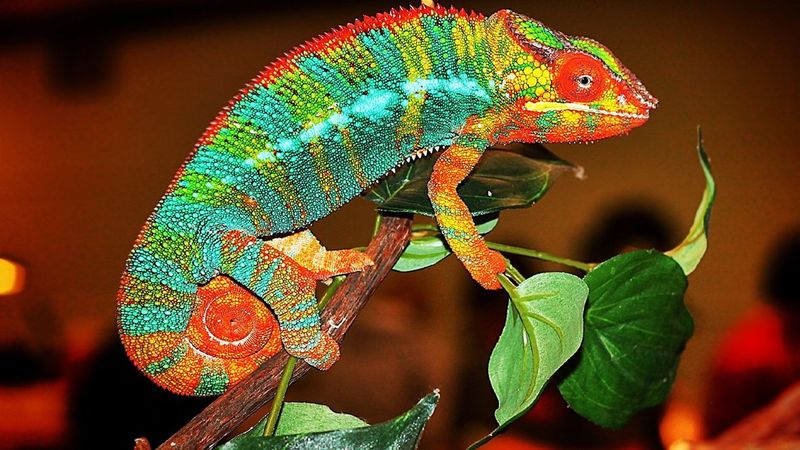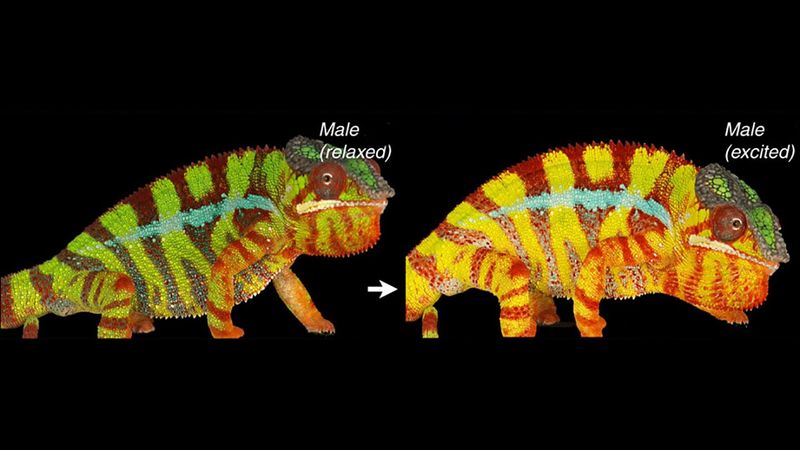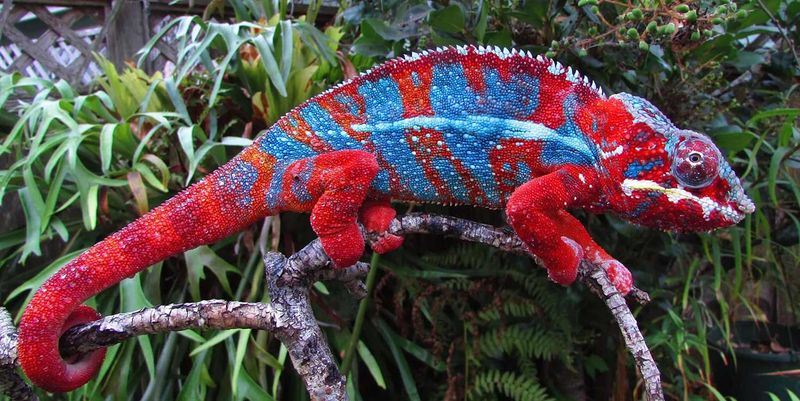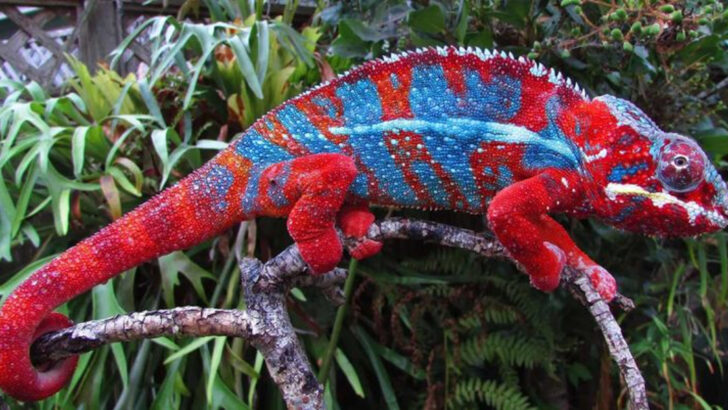Chameleons aren’t trying to hide—they’re putting on a show. That color shift we’ve all been told is camouflage? It’s not. It’s a mood ring, a heat shield, and a social announcement all rolled into one scaly package. When a chameleon turns bright yellow, it’s not blending in—it’s throwing shade at a rival or flirting up a storm. When it darkens, it’s either cold, annoyed, or gearing up for battle. This isn’t about survival in the shadows—it’s about making a statement. Turns out, these color-changing reptiles are less like ninjas and more like drama queens with built-in LED displays.
Mood and Social Signals, Not Hiding

Chameleons are like mood rings of the animal kingdom. They don’t change colors to vanish into the background. Instead, their hues convey emotions and social cues. Picture a male chameleon sporting brilliant colors to woo a potential mate or to scare off a competitor. These colors can darken when expressing anger, stress, or coldness. In calmer states, their tones become muted. During male face-offs, color displays can decide dominance without physical confrontation, making each shade a message more than a disguise. It’s a vibrant form of communication written in nature’s palette.
Body Temperature Regulation

Chameleons have a fascinating way to manage their temperature. They use color changes not just for show but for thermal regulation. When the sun rises, they might darken their skin to soak up warmth, a clever adaptation to cooler mornings. Conversely, when the sun blazes, they lighten their hues, reflecting excess heat to remain comfortably cool. This color-driven thermal control is a striking example of nature’s ingenuity, showcasing how these creatures adapt to their environment’s challenges, balancing aesthetics and practicality in the wild.
How It Works—Nanocrystals in the Skin

Beneath a chameleon’s skin lies a scientific marvel. They don’t rely on pigments like octopuses; instead, it’s all about iridophores. These cells contain nanocrystals that reflect light. By altering the spacing of these crystals, chameleons can shift colors seamlessly. From green to blue or yellow to red, it’s a dance of light and biology. This change is less about hiding and more about an intricate interplay of physics and life. The structural color alteration paints a picture of complexity, turning each chameleon into a living kaleidoscope.
Not All Chameleons Change Color Drastically

Not all chameleons are color virtuosos. Some species are more subtle in their transformations, shifting only slightly from olive green to brown. The panther chameleon, however, can display a vibrant array of reds, blues, and yellows, depending on mood and situation. This diversity in color change ability highlights the wide-ranging adaptations within the chameleon family. While some species use subdued shifts, others turn into living rainbows. This variety shows the evolutionary paths these creatures have taken, making each species a unique chapter in the chameleon story.
Camouflage Does Play a Role—But a Small One

While chameleons’ color shifts aren’t mainly for camouflage, it plays a secondary role in their survival. Certain environments allow them to blend in as an unintended benefit. However, their color changes are often too slow or vivid to deceive predators fully. This secondary camouflage serves better as a byproduct rather than a primary reason for their vibrant displays. Instead, these shifts are more about social interactions and temperature adjustments. The misunderstanding of their color change purpose is a testament to their complex and multifaceted nature.

